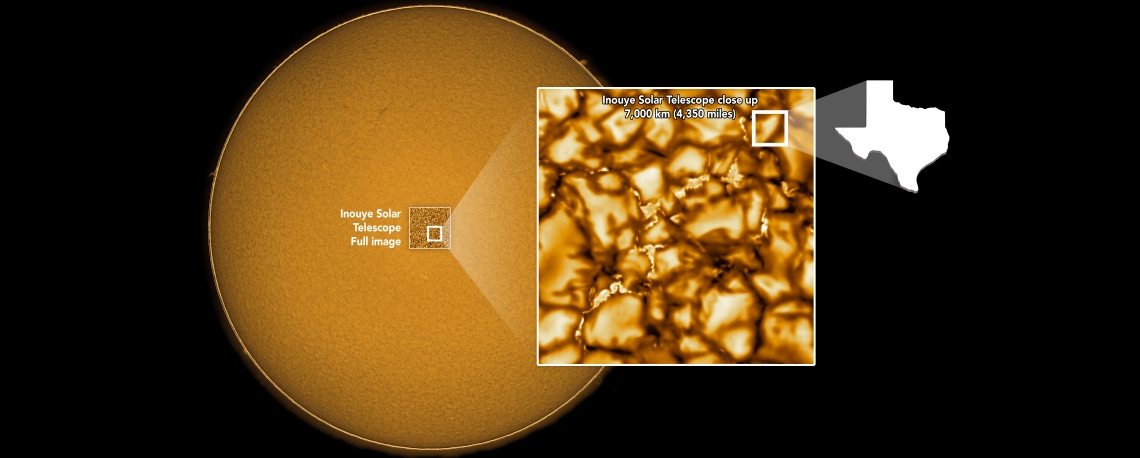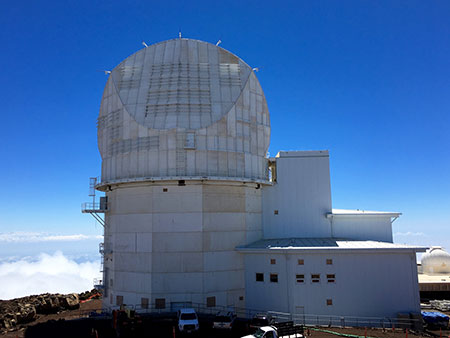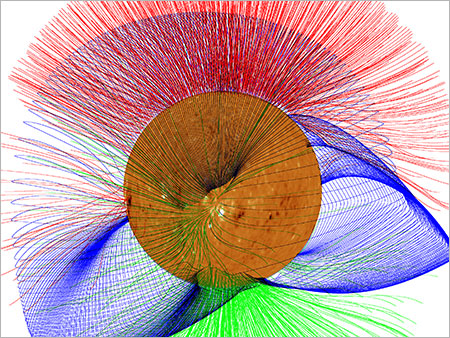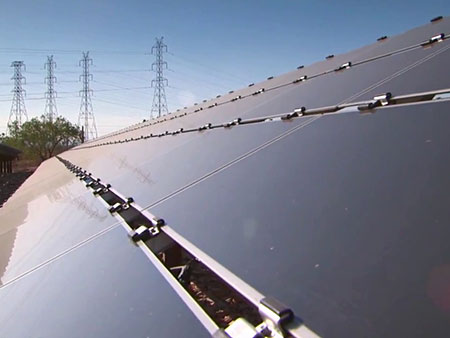


NSF's Flagship Solar Observatory
Data from the Inouye Solar Telescope will give scientists insights into how and why magnetic fields generated within the sun become twisted and tangled, creating solar eruptions that can negatively affect our technology-dependent modern lifestyles. Read more.

NSF sponsors research that monitors the development of sun spots, flares and coronal mass ejections to better understand how and when these phenomena impact the sun's magnetic field that, in turn, can wreak havoc on the Earth's power grids, satellites and other communications systems. Read more.

Solar Energy: Harnessing the sun's power
Solar panels and solar cells have become increasingly prevalent. But drawbacks to solar power remain. NSF-funded material scientists, engineers, physicists, mathematicians and computer scientists all play a role in moving this technology forward so that solar power can flourish and most effectively augment other energy sources in the future. Read more.

One of the sun's biggest mysteries is why its corona (the upper level of the sun's atmosphere) is hotter than its surface. This isn't just about understanding the sun. The corona is made of plasma, and many believe the answer has to do with plasma physics. No surprise, NSF-funded researchers are looking into this issue and many other plasma physics issues that surround our sun. Read more.
Any opinions, findings, conclusions or recommendations presented in this material are only those of the presenter grantee/researcher, author, or agency employee; and do not necessarily reflect the views of the National Science Foundation.
